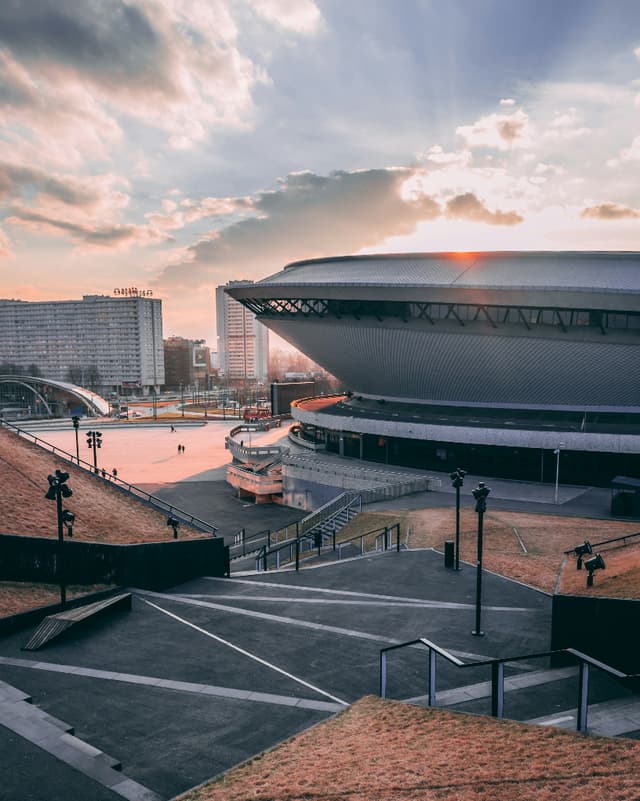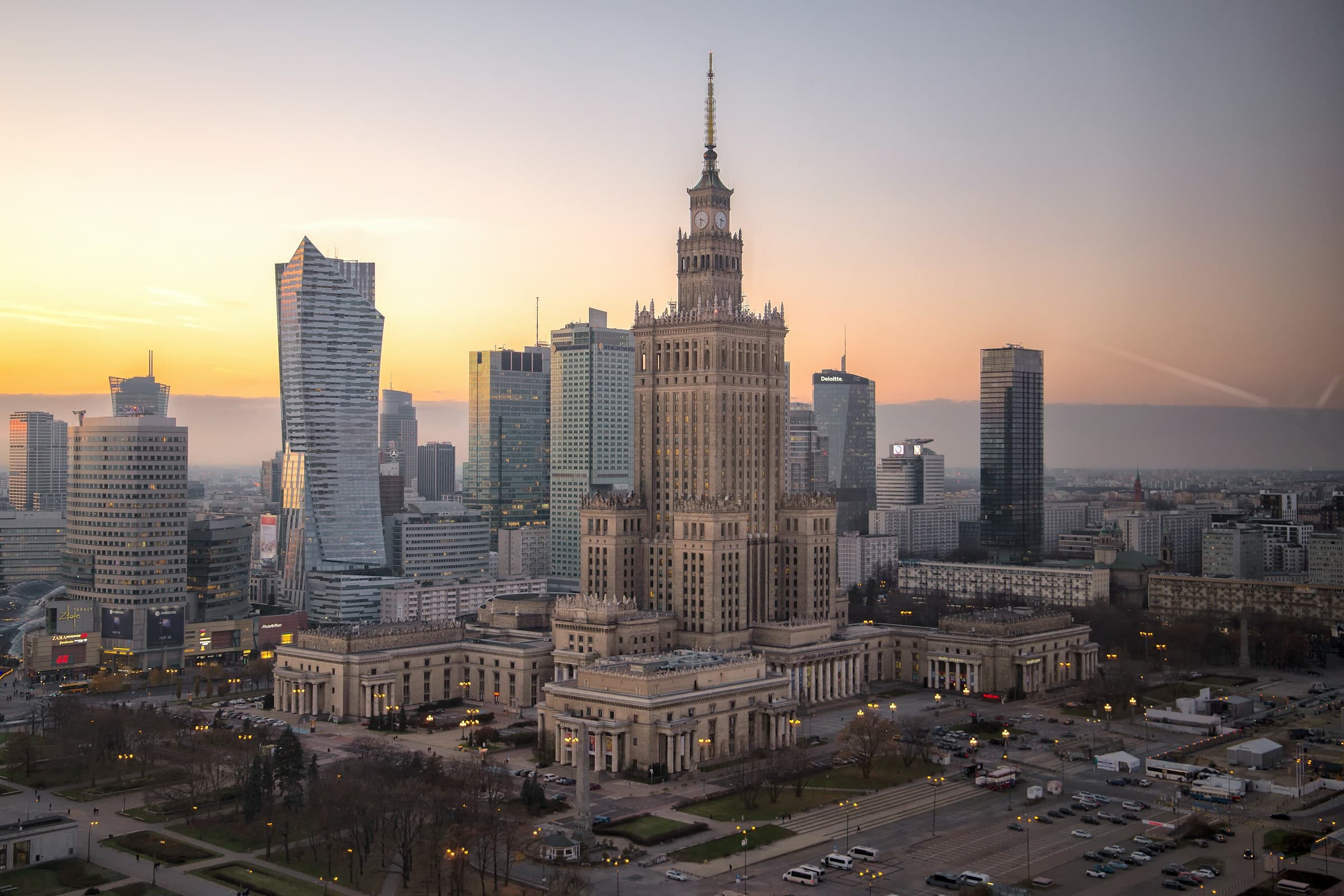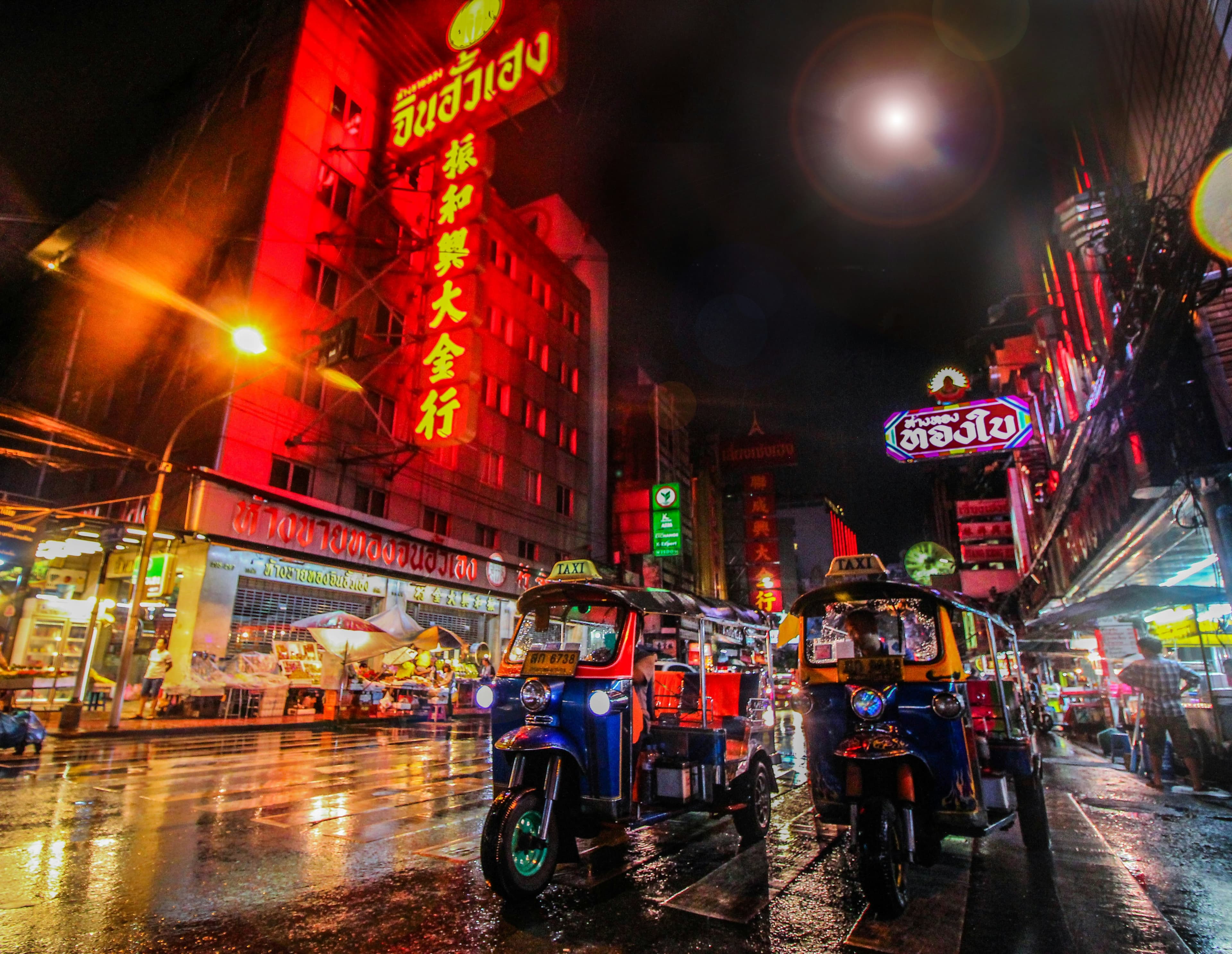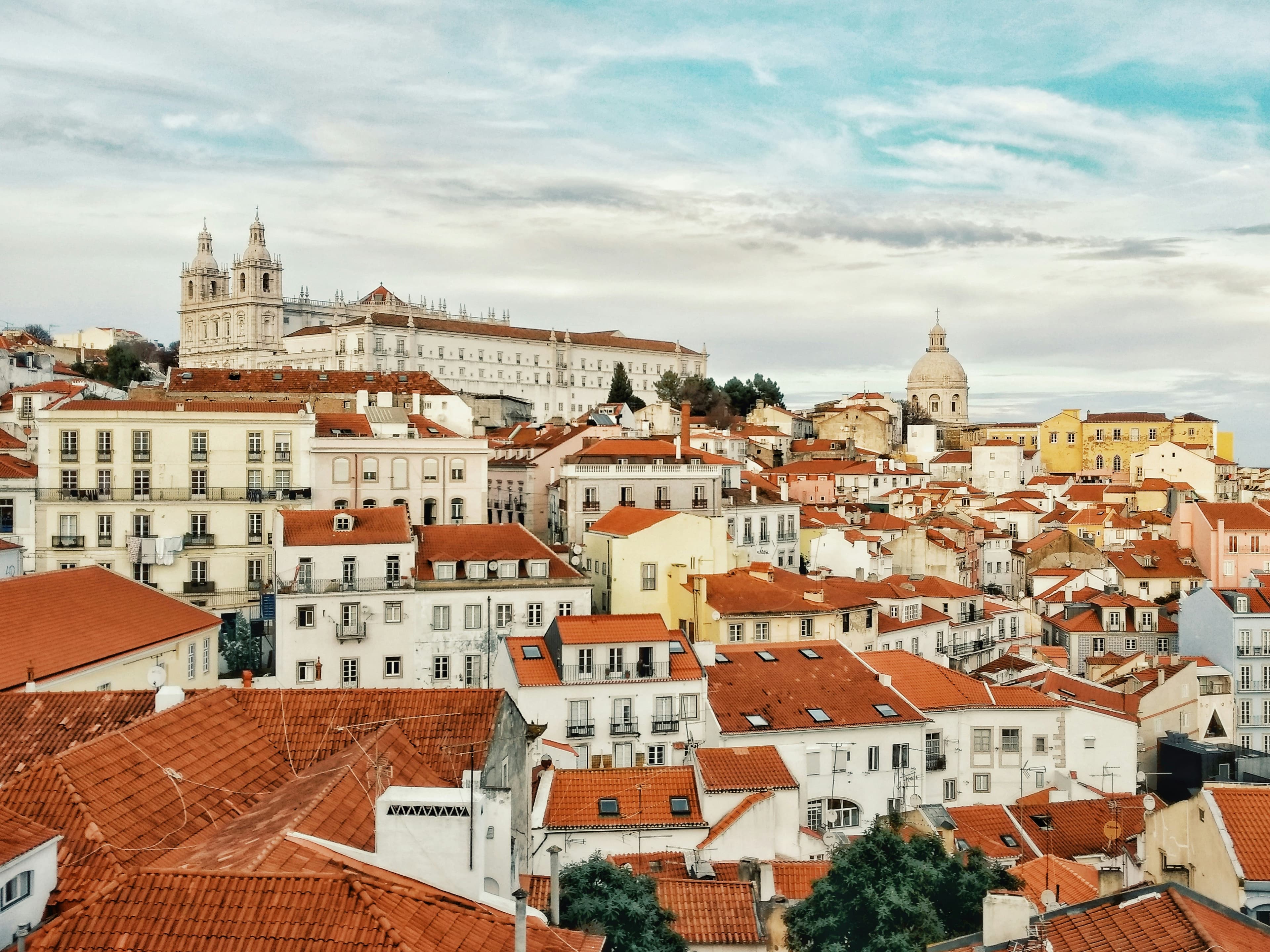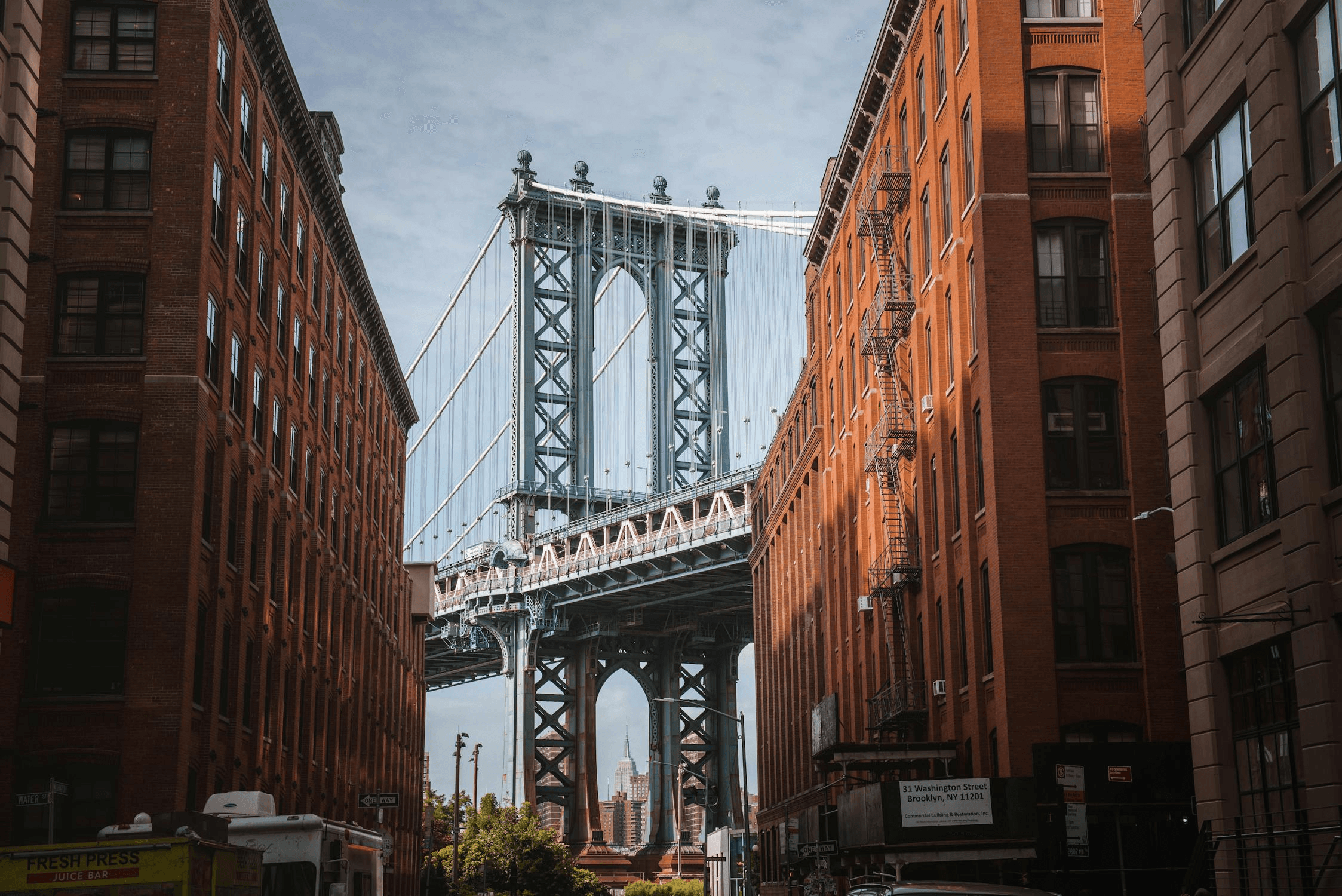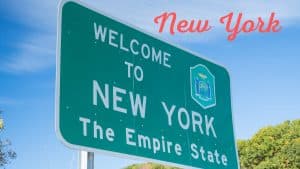Bydgoszcz vs. Katowice
Bydgoszcz
Bydgoszcz is a city in northern Poland, the largest in the Kuyavian-Pomeranian Voivodeship, and one of the country’s key historical, cultural, and economic centers. With a population of around 325,000 and a metropolitan area of approximately 600,000, it is Poland’s ninth-largest city. Located at the meeting point of the Brda and Vistula rivers, it has long been an important trade and transport hub, shaped by centuries of history and natural beauty. Though it is often overlooked by international travelers in favor of Poland’s larger cities, Bydgoszcz is an undiscovered gem with a vibrant cultural scene, beautiful waterfronts, and a dynamic urban atmosphere. A City of Water and Green Spaces One of the defining features of Bydgoszcz is its relationship with water. The city is sometimes referred to as the "Venice of Poland" due to its picturesque riverbanks, islands, and canals. The Brda River runs through the heart of the city, creating scenic waterfront areas and making Bydgoszcz a m...
Katowice
Katowice is not the first Polish city that comes to mind when people think about travel, but that’s exactly why it’s worth a visit. It’s a city that doesn’t try to impress with postcard-perfect charm. Instead, it tells a story—of industry, transformation, and resilience. Once a coal-mining powerhouse, Katowice was built on the backs of steelworkers and miners. It used to be all about factories, smokestacks, and the hum of heavy machinery. But things changed. Over the past few decades, Katowice has reinvented itself into a modern, creative city that embraces its past without being weighed down by it. The city’s industrial roots are still visible, especially in neighborhoods like Nikiszowiec and Giszowiec—once workers’ settlements, now some of the most atmospheric areas to explore, with red-brick buildings, cobblestone streets, and cafés that mix old-school charm with new energy. Katowice’s skyline tells the story of this transformation. The Spodek—a flying saucer-shaped arena f...
Reviews
Reviewed on 2/27/2025
Reviews
Reviewed on 2/28/2025
| Item | Votes | Upvote |
|---|---|---|
| Small and manageable | 1 | |
| Lots of water and clean rivers | 1 |
| Item | Votes | Upvote |
|---|---|---|
| No cons yet, would you like to add one? | ||
| Item | Votes | Upvote |
|---|---|---|
| First metropolis in Poland | 1 | |
| Unique history | 1 |
| Item | Votes | Upvote |
|---|---|---|
| Air pollution | 1 |
Frequently Asked Questions
Bydgoszcz is often referred to as the 'rowing capital of Poland' and offers extensive opportunities for water sports, cycling, and outdoor recreation in its numerous parks and along its scenic rivers. In contrast, while Katowice has green spaces like Dolina Trzech Stawów and Silesian Park, its outdoor activities are more limited compared to Bydgoszcz's focus on water sports and cycling routes.
Bydgoszcz boasts a vibrant cultural scene with a strong emphasis on music, particularly classical and jazz, and hosts numerous festivals. It is home to the Pomeranian Philharmonic and the Feliks Nowowiejski Academy of Music. Katowice, recognized as a UNESCO City of Music, also has a dynamic music scene with various festivals and underground venues, but its cultural offerings are more focused on contemporary and electronic music. Both cities have unique cultural attributes, but Bydgoszcz may appeal more to classical music enthusiasts.
Bydgoszcz is often described as a hidden gem with a laid-back atmosphere, beautiful waterfronts, and a charming urban environment, making it ideal for a relaxed city experience. Katowice, while it has its own unique charm, is more focused on its industrial history and creative transformation, which may appeal to those looking for a more dynamic and gritty urban experience. Therefore, Bydgoszcz may be more suitable for visitors seeking relaxation.
Both cities have rich historical narratives, but they differ in focus. Bydgoszcz has a long history as a trade and transport hub with a blend of architectural styles and a vibrant cultural heritage. Katowice, on the other hand, has a unique industrial history as a coal-mining powerhouse that has transformed into a modern city. Visitors interested in industrial history may find Katowice's narrative particularly compelling, while those interested in a broader historical context may prefer Bydgoszcz.
Bydgoszcz offers a lively but relaxed nightlife with cozy pubs, craft beer bars, and riverfront dining, making it suitable for a more laid-back evening out. Katowice, however, has a more vibrant nightlife scene with a focus on music and cultural events, including underground clubs and electronic music festivals. Depending on your preference for a relaxed atmosphere versus a more energetic nightlife, either city could be considered better.
Bydgoszcz has several pros, including being small and manageable, which makes it easy to explore. Additionally, the city boasts lots of water and clean rivers, providing beautiful waterfronts and opportunities for water sports. Currently, there are no cons listed by users.
Bydgoszcz is known for its picturesque waterways, earning it the nickname 'Venice of Poland.' The city features a vibrant cultural scene, rich architectural heritage, and is recognized as the 'rowing capital of Poland' due to its strong tradition in water sports. It also has a growing culinary scene and lively nightlife.
In Bydgoszcz, visitors can enjoy a variety of outdoor activities, including rowing on the Brda River, cycling along well-maintained bike paths, and exploring the extensive green spaces like Myślęcinek Park. The city also hosts international competitions in various sports, making it a hub for athletic events.
Bydgoszcz has a thriving cultural scene, particularly known for its connection to music. The city is home to the Feliks Nowowiejski Academy of Music and the Pomeranian Philharmonic, which hosts numerous music festivals. Additionally, Bydgoszcz has a strong jazz scene and a rich history of film culture.
Bydgoszcz has a complex history, originally granted city rights in 1346. It has served as an important military and trade center under various rules, including Prussian and Polish. The city experienced significant industrial growth in the 19th and 20th centuries and has a rich architectural heritage reflecting its historical significance.
Visitors to Bydgoszcz can try local specialties such as pierogi (Polish dumplings), żurek (sour rye soup), and freshwater fish from nearby lakes and rivers. The culinary scene features a mix of traditional Polish eateries and modern bistros, many of which are located along the scenic Brda River.
The pros of Katowice include its status as the first metropolis in Poland and its unique history, showcasing a transformation from an industrial powerhouse to a modern creative city. However, a notable con is the air pollution that can affect the city's environment.
Katowice is known for its rich industrial history, having been a coal-mining powerhouse. It has transformed into a modern city that embraces its past while offering cultural attractions like the National Radio Symphony Orchestra and the Silesian Museum. Additionally, it is recognized as a UNESCO City of Music, hosting various music festivals.
Visitors to Katowice can expect to see a blend of historical and modern architecture, including the iconic Spodek arena and the Cultural Zone. The city also features atmospheric neighborhoods like Nikiszowiec and Giszowiec, as well as green spaces such as Dolina Trzech Stawów and Silesian Park.
Yes, Katowice is an excellent destination for music lovers. It is a UNESCO City of Music and hosts a variety of music events, including underground jazz clubs and renowned electronic festivals like OFF Festival and Tauron Nowa Muzyka.
Katowice has transformed from an industrial city focused on coal mining and steel production to a modern, creative hub. This transformation is evident in its skyline, which features both historical and contemporary architecture, and in its cultural offerings that celebrate both its industrial heritage and modern artistic expressions.

